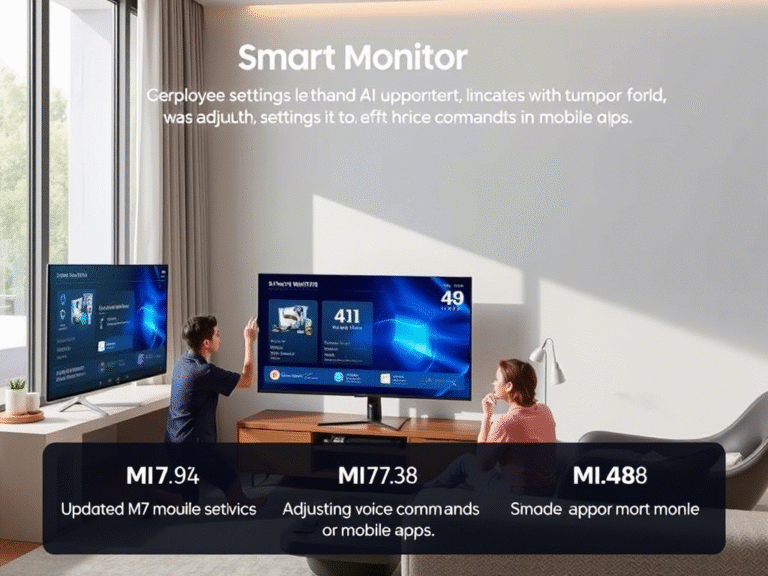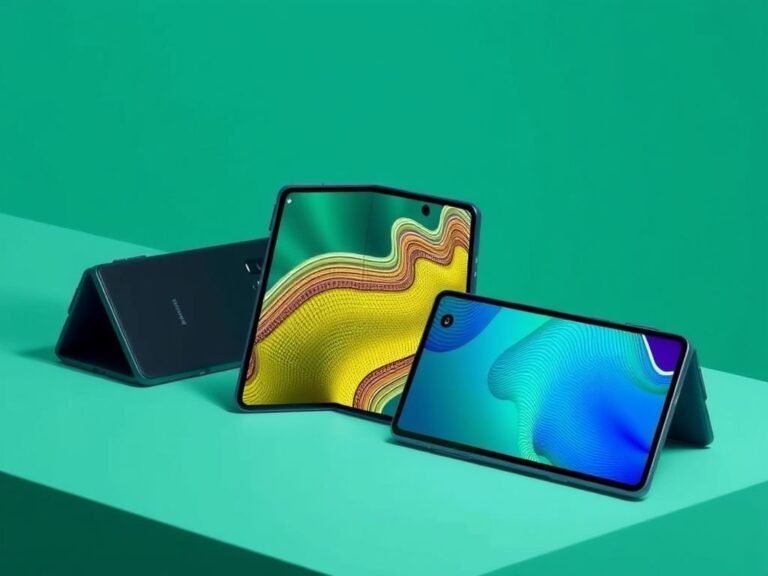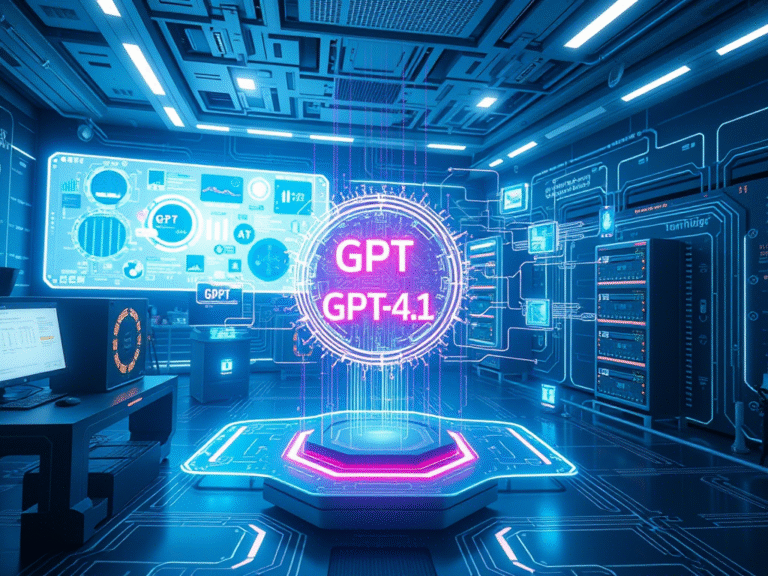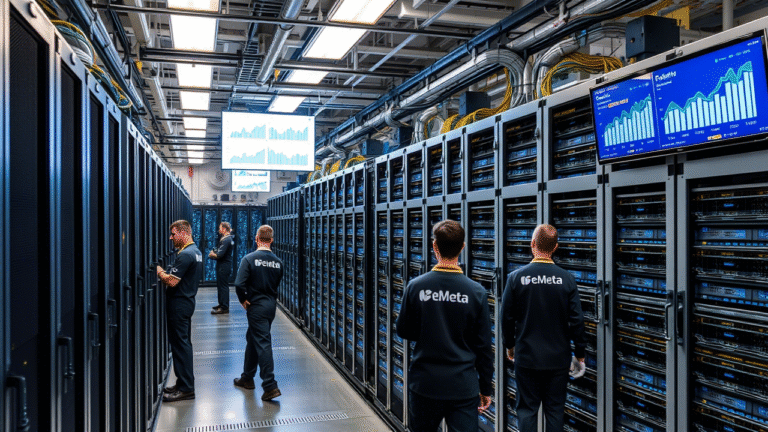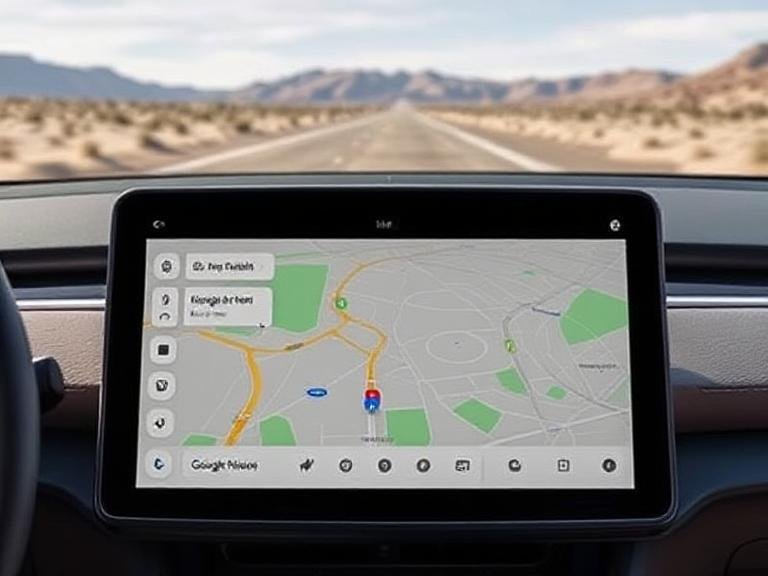
Rivian Switches to Google Maps for Smarter, More Accurate Navigation
Google has teamed up with electric vehicle maker Rivian to develop a new in-car navigation experience built on top of Google Maps . The updated system uses the Google Maps Auto SDK , combining Rivian’s own design elements and features with the powerful mapping, routing, and traffic insights that Google Maps is known for.
This integration marks a major step forward in how EVs handle navigation — especially for drivers who rely on accurate route planning, real-time traffic updates, and smart charging guidance.
🧭 Why Integrate Google Maps Into Cars?
Google Maps remains one of the most widely used navigation tools globally. While Android Auto and Apple CarPlay are common ways to bring it into vehicles, some automakers — including several EV brands — prefer to build their own infotainment systems for a more integrated user experience.
Rivian chose this second path. Its infotainment platform runs on Android Automotive OS , another Google product designed specifically for in-vehicle use. With this foundation, Rivian was able to create a deeply customized navigation interface tailored to the needs of electric vehicle owners.
⚡ Features Built for Electric Vehicle Drivers
The new Rivian Navigation system includes several EV-specific enhancements , such as:
- Range on Arrival : Shows your estimated battery level when you reach your destination.
- Charging Scores : Helps you choose the best charging stations based on speed, reliability, and cost.
- EV Charging Stop Planning : Automatically adds optimal charging stops along long routes.
- Real-Time Charging Network Updates : Keeps drivers informed about station availability and status.
These features work alongside Google Maps’ live traffic data to help Rivian drivers find the fastest routes, get accurate ETAs, and reroute automatically if needed.
🗺️ Smarter Mapping and Location Information
Beyond routing, the integration also brings enhanced location data into the car. Drivers can now tap on points of interest directly on the map to access detailed information like photos, reviews, descriptions, and opening hours — all pulled from Google Maps.
Additionally, Rivian’s mobile app now mirrors many of these capabilities, including satellite view, place details, and traffic alerts, giving users a seamless experience whether they’re inside or outside the vehicle.
🚘 Rolling Out Across Rivian Vehicles
This new navigation system is now being rolled out to all Rivian R1T pickup trucks and R1S SUVs . It’s part of the company’s ongoing effort to improve the driving experience through software updates — a trend becoming increasingly common among modern EV manufacturers.
🛠️ The Bigger Picture: Google Expands Its Automotive Footprint
As cars become more connected and software-driven, automotive tech is booming. According to McKinsey, the global market for automotive software and electronics is expected to grow to $462 billion by 2030 .
Google has made it clear that it wants to play a central role in this future. In a recent blog post, the company confirmed it’s working with other automakers to build custom navigation experiences using Google Maps as a foundational technology.
